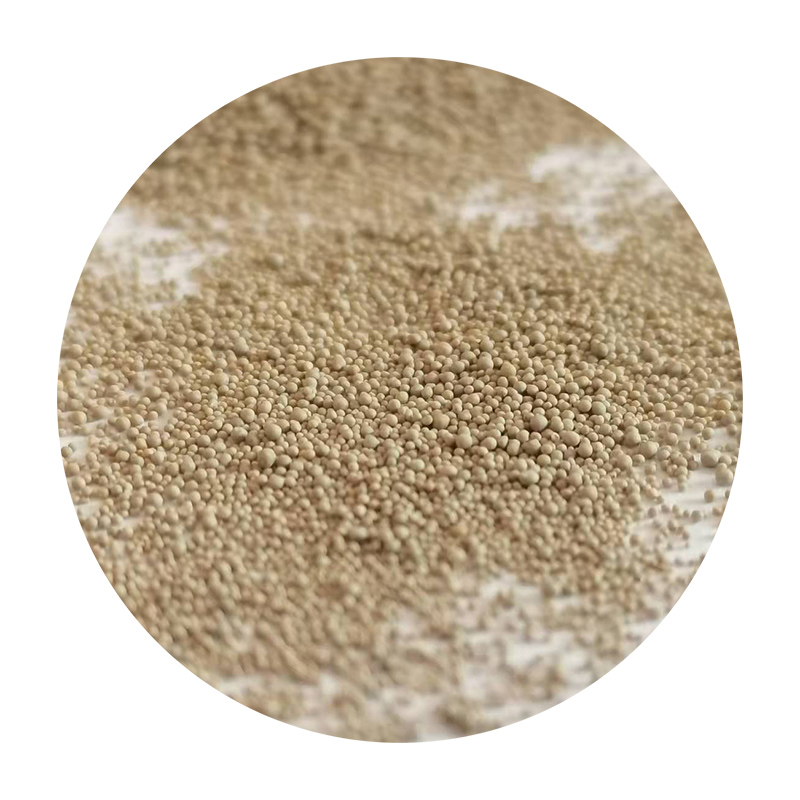The Importance of Sanding in 3D Printing
In the rapidly evolving world of 3D printing, the production of high-quality, visually appealing prints is a priority for designers, engineers, and hobbyists alike. One often overlooked yet essential step in achieving a polished finish is sanding. While 3D printing technology has advanced significantly, providing intricate and precise outputs, the need for post-processing remains crucial in elevating 3D printed objects to professional standards. In this article, we will explore the significance of sanding in 3D printing, the techniques involved, and tips to achieve the best results.
Understanding the Need for Sanding
3D printed objects typically exhibit layer lines and rough surfaces due to the additive manufacturing process. These imperfections can detract from the aesthetics and functionality of the final product. Sanding is a method used to smooth out these inconsistencies, helping to create a more visually appealing and tactile texture. Additionally, sanding can improve adhesion for subsequent finishing processes, such as painting or coating, which further enhances the final look.
Sandpaper is categorized by grit size; the lower the number, the coarser the sandpaper. For 3D prints, starting with a lower grit sandpaper may be necessary to remove significant imperfections. As the object smooths out, transitioning to higher grit sandpaper refines the surface, resulting in a smoother finish. This gradual approach is essential for effectively managing the changes in surface texture without damaging the print.
Techniques for Effective Sanding
1. Preparation Before you start sanding, ensure your work area is clean and well-ventilated. Gather all necessary materials, including various grits of sandpaper, a sanding block or sponge, and dust masks to protect yourself from inhaling fine particles.
2. Start with Coarse Grit Begin with a coarser grit sandpaper (around 80 to 120 grit) to level out the more pronounced layer lines. Use a sanding block or sponge to achieve even pressure, which will help prevent uneven spots. Sand in circular motions or back and forth along the print lines to effectively smooth out the surface.
3. Progress to Higher Grits Once the rough surfaces are smoothed out, switch to a medium grit (around 200 to 400 grit) to refine the finish. Finally, use fine grit sandpaper (600 grit and above) for polishing. This step helps to eliminate any remaining scratches and prepares the surface for painting or other finishing techniques.
sanding 3d print

4. Wet Sanding For particularly stubborn prints or to achieve a glass-like finish, wet sanding can be effective. This technique involves using water as a lubricant to minimize dust and heat, which can lead to melting or warping the print. Wet sanding with fine grit paper can result in a high-gloss finish.
5. Cleaning the Surface After sanding, it’s essential to clean the surface to remove any dust or debris. This can be done using a soft brush or a cloth. Ensuring a clean surface is vital for any subsequent paint application or finishing process.
Tips for Successful Sanding
- Patience is Key Sanding can be time-consuming, but rushing the process may lead to undesirable results or damage to the print. Take your time and ensure you’re consistently checking the surface as you work.
- Test on Sample Prints If you're new to sanding or working with a specific material, practice on sample prints first. This allows you to develop a feel for the material and sanding technique without risking your main project.
- Consider Material Type Different filaments, such as PLA, ABS, or PETG, may require specific approaches or grit levels for optimal results. Always research the best practices for your selected material.
Conclusion
Sanding is an integral aspect of post-processing 3D printed objects that cannot be overlooked. By choosing the right techniques and tools, anyone can transform a basic print into a polished masterpiece. Whether for personal projects or professional applications, investing time in sanding will undoubtedly elevate the quality and impression of your 3D prints, leading to greater satisfaction with the end results. As 3D printing continues to grow in popularity, mastering the art of sanding will enable creators to fully exploit the potential of their designs, making every print a true work of art.
Post time:11月 . 29, 2024 22:12
Next:Understanding the Benefits and Applications of Resin Coated Sand in Various Industries
